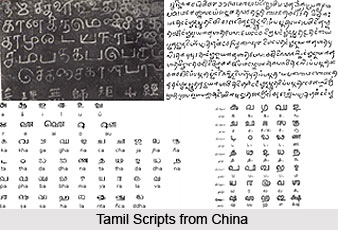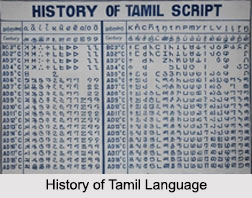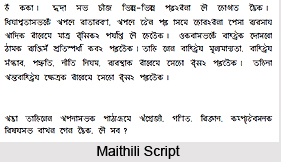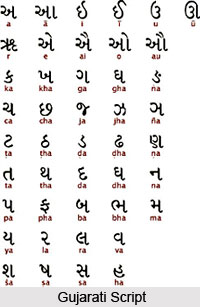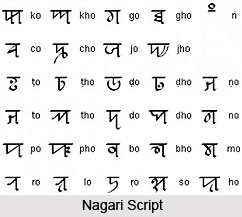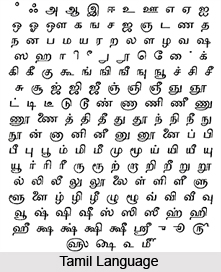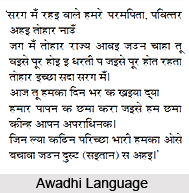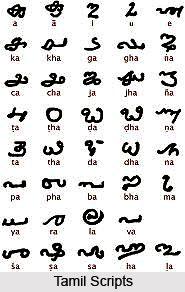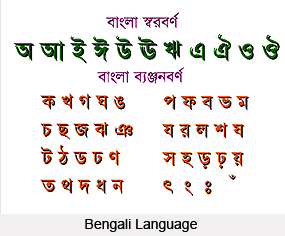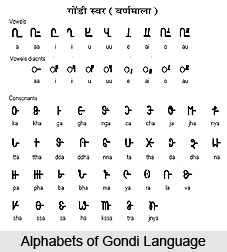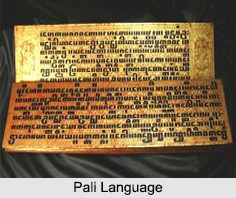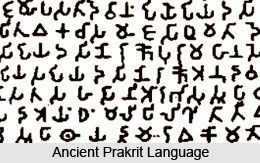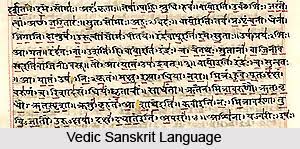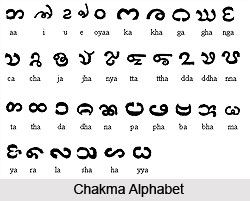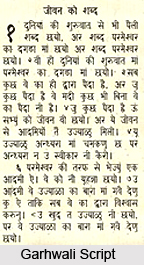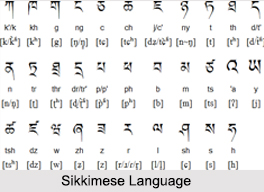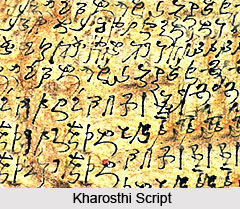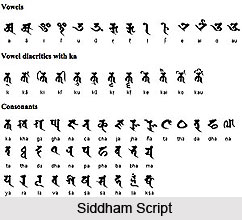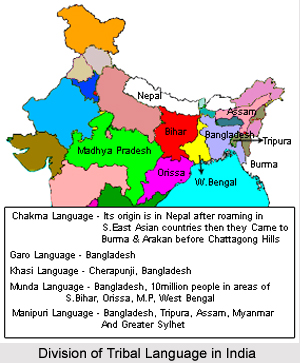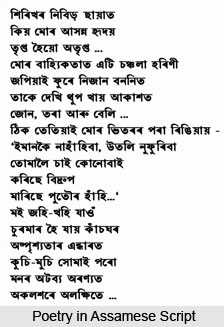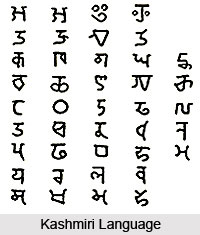 Origin of Kashmiri languages shows a number of different influences. The land has always been a cradle of Sanskrit learning. It was not just Kashmir but the whole of India as a whole which came under the influence of the Aryan civilization, rather the Indo-Aryans, whose language had developed into Sanskrit. This culture was advanced to far-off lands by the initiative of the Kashmiris. This is the historical picture. In reality, every Kashmiri accepts that this land was once inhabited by a tribe named Yakshas and Pisachas, who, after a long process of strife, appeasment and other methods were ultimately over come by the Aryan immigrants. Nilamat Purana, the special Purana of Kashmir, is clear evidence of this fact. In view of the Aryan settlement, it is impossible that the imported culture (Sanskrit) should not have reacted on the local vernacular. But all the time, the old speech of the original inhabitants i.e. Pisachas, has remained firmly established in the non-literary people, who always are in majority anywhere. Thus it can be said that the Kashmiri language has a Paschachi base. The Paschachi group of languages is now known as Darad group of languages.
Origin of Kashmiri languages shows a number of different influences. The land has always been a cradle of Sanskrit learning. It was not just Kashmir but the whole of India as a whole which came under the influence of the Aryan civilization, rather the Indo-Aryans, whose language had developed into Sanskrit. This culture was advanced to far-off lands by the initiative of the Kashmiris. This is the historical picture. In reality, every Kashmiri accepts that this land was once inhabited by a tribe named Yakshas and Pisachas, who, after a long process of strife, appeasment and other methods were ultimately over come by the Aryan immigrants. Nilamat Purana, the special Purana of Kashmir, is clear evidence of this fact. In view of the Aryan settlement, it is impossible that the imported culture (Sanskrit) should not have reacted on the local vernacular. But all the time, the old speech of the original inhabitants i.e. Pisachas, has remained firmly established in the non-literary people, who always are in majority anywhere. Thus it can be said that the Kashmiri language has a Paschachi base. The Paschachi group of languages is now known as Darad group of languages.
Professor Ernst Kuhn of Munich (Germany) was the first research scholar to suggest that the dialects of Hindukush region along with Kashmiri formed a separate group within the body of Indo-Aryan languages. He suggested some phonetic peculiarities which are common in all languages. Sir George Grierson has also claimed Kashmiri to be one of the Daradic languages which has immensely and for centuries been influenced by Sanskrit language and a large number of words are derived from it. A brief discussion of the Darad will be more illuminating as regards the origin and characteristics of the human language.
Darad Language
The Darad languages possess many characteristics which are peculiar to themselves. In some respects these languages agree with Indo Aryan languages and in yet other respects, with Eranian languages. Neither do they possess all the characteristics of the Indo Aryan languages nor of the Eranian languages. It is assumed that by the time they issued from the parent stock i.e. Aryan language, the Indo-Aryan language had already branched off from it. On the other side the Aryan language had, by that time, developed further on its own lines in the direction of Eranian, but it had not as yet reached the typical characteristics of Eranian. Briefly speaking, Aryan is the parent stock from which shoots off the Indo-Aryan language at a very early date and passes down to the Indo-Gangetic plain. Then before the other branch becomes Eranian, yet another branch shoots off, and settles in what we now call Dardistan and becomes Dardic.
The Dardic group of Aryan or Indo-Aryan comprises a number of speeches, which are current among very small mountain communities living on the frontier between Pakistan, Afghanistan and India (in Kashmir) as well as in North-eastern Afghanistan. The people speaking these languages, before their conquest and Islamization by the Afghans, were called `Kafirs` or Infidels and their languages (or dialects) were in general called `Kafir dialect.` Following Sanskrit nomenclature, these dialects were also known as Pisacha dialects referring to the dialects of goblins. The linguistic name, Dardic has now been established and accepted for them.
The Dardic speeches fall into three branches:
(1) Shina, including Kashmiri (about 10 millions), Shina proper (over 25,000) and Kohistani (about 7,000)
(2) Khowar or Chatrari or Chitrali; and
(3) Kafaristani (or Nuristani) dialects in Afghan territory, like Kalasha, Geawar-Bati, Pashai or Laghmani, Diri, Tirahi, Wat, Wasiveri, Ashkum etc.
It is believed by some scholars that the word Dard has a rather long history, and the people bearing the name are a rather ancient tribe. They are spoken of in Sanskrit literature as `Darda` or `Darda`. Kalhana also refers to them in his Rajatarangini and mentions them as inhabiting the country where now live the Shins and they are called Dards by Kashmiris. Greeks and Romans included, under the name of Dard country, the whole mountain tract between Hindukush Mountain and the boundaries of India. Accordingly, this track containing Astor River, Bunji, Chilas, Gilgit, Hunza River, Nagar, Punial, Yasin and Chitral has been known to the outsiders as Dardistan. The Aryan languages spoken in these places are conveniently or conventionally being called Daradic. But the inhabitants of these places now resent this and like their languages to be called after the name of their places i.e. Giligite etc. As a matter of fact they refer to Kashmir as neither Kashir nor Kashmir but Kashrat.
There are a number of scholars who claim that Kashmir is Indo-Aryan rather than Dardic. In fact, it may be mentioned here that most scholars consider Dardic to be a branch of Indo-Aryan. Many eminent scholars of the Indo-Aryan believe that Dardic does not form a separate and self-contained group. They think that the Dardic speeches should be classified under Indo-Aryan.
These Dardic dialects are largely on the way of extinction. Kashmiri, however, is one of the recognized national languages of the Indian Union. In sum, it may be said that Kashmiri appears to be in its bases a Dardic-Aryan dialect, but it has been profoundly influenced by Sanskrit and the Prakrit from very early times.
